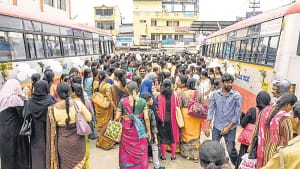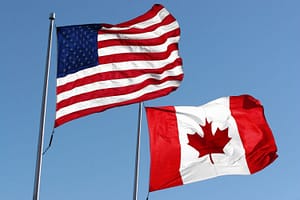India’s Supreme Court is currently hearing petitions challenging the Place of Worship Act, 1991, a law enacted to preserve the religious character of sites as they existed at the time of India’s independence on August 15, 1947. The outcome of this case has significant implications for India’s secular principles and the communal harmony between its diverse religious groups.
Background of the 1991 Law
The Place of Worship (Special Provisions) Act, 1991, was introduced by the Congress-led government during a tumultuous period marked by the rise of the Hindu nationalist movement advocating the construction of a Ram temple at the Babri Masjid site in Ayodhya. The law aimed to maintain the status quo of religious places and prevent disputes, except for the Babri Masjid case, which was exempted due to ongoing legal challenges predating independence.
The law emphasized the importance of safeguarding India’s secular ethos and preventing the conversion of any place of worship. However, its enactment did not stop the demolition of the Babri Masjid in 1992 by a Hindu mob, an incident that continues to shape India’s socio-political landscape.
Current Petitions and Their Arguments
The petitions challenging the 1991 law argue that it infringes upon religious freedoms and constitutional secularism. Among the petitioners is a member of Prime Minister Narendra Modi’s Bharatiya Janata Party (BJP). Hindu groups claim that several mosques, including the Gyanvapi mosque in Varanasi and the Shahi Eidgah in Mathura, were built on demolished Hindu temples. They seek to reclaim these sites, sparking fears of renewed communal tensions.
Cases Drawing Controversy
Several high-profile disputes have brought the 1991 law into the limelight:
- Gyanvapi Mosque, Varanasi
Hindu groups allege the 17th-century mosque was constructed by Mughal emperor Aurangzeb on the ruins of the Kashi Vishwanath temple. A 2022 Supreme Court ruling allowed a survey of the mosque, which critics say undermines the law’s intent. - Ajmer Sharif Dargah, Rajasthan
A recent petition claims the revered 13th-century Sufi shrine stands on a former Hindu temple. Notices have been issued, fueling communal unease. - Shahi Jama Masjid, Sambhal
Violence erupted during a survey of this 16th-century mosque, resulting in four deaths. Muslim groups have challenged the survey in the Supreme Court, citing the 1991 law.
Critics’ Concerns
Opposition leaders, Muslim groups, and activists argue that overturning the law could lead to a deluge of cases threatening communal harmony. Critics like Harsh Mander warn that revisiting centuries-old claims with inconclusive historical evidence risks fostering resentment and inter-religious strife.
The law’s supporters contend it is crucial for protecting minority rights in Hindu-majority India. They also question the historical evidence presented by petitioners, suggesting it often lacks scholarly rigor.
Broader Implications
The Supreme Court’s decision will have a far-reaching impact on the legal and social fabric of the nation. If the law is diluted or overturned, it could pave the way for widespread challenges to religious sites, potentially exacerbating existing tensions between communities. Conversely, upholding the law would reinforce India’s commitment to secularism and the preservation of its diverse heritage.
Conclusion
As the Supreme Court deliberates, the future of India’s secular framework hangs in the balance. The decision will not only affect contested religious sites but also serve as a litmus test for the country’s ability to uphold its constitutional values amidst rising polarization.
This news report is curated with insights from multiple reliable news sources.




















